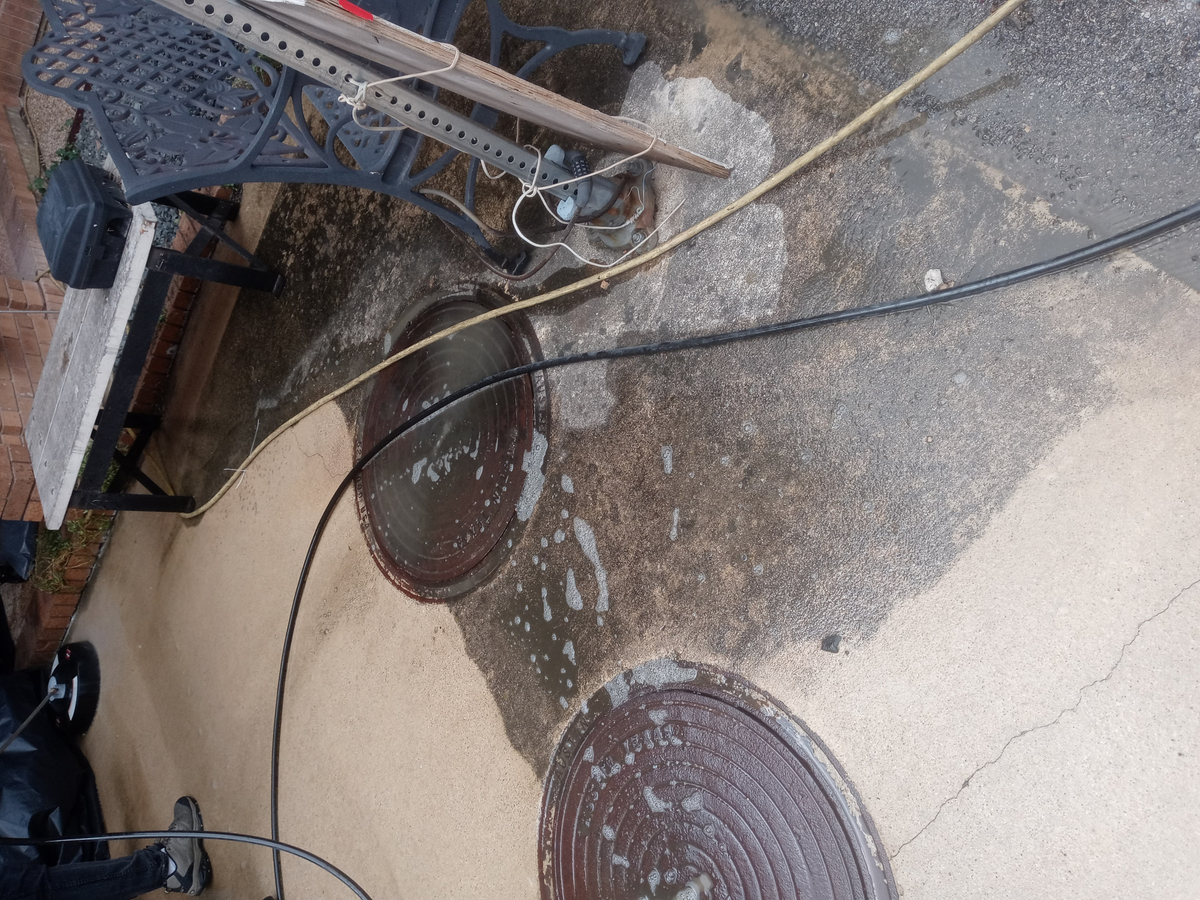When we think about cleaning, we often regard it as a singular, straightforward task—remove the dirt, and voilà, it’s clean! However, the art and science of cleaning are more nuanced, featuring a range of methods each suited to specific types of dirt, surfaces, and environments. Let’s illuminate the various cleaning methodologies and the appropriate circumstances to employ them.
1. Routine Cleaning
- Explanation: This method refers to the daily or weekly cleaning tasks that maintain a general level of cleanliness and order, such as vacuuming, dusting, and mopping.
- When to Use: Employed on a regular basis in both residential and commercial settings to uphold cleanliness and prevent the accumulation of dirt and grime.
2. Deep Cleaning
- Explanation: Deep cleaning reaches the deep grime and dirt in your home or office. It involves more thorough work and detailing, focusing on areas often overlooked during routine cleaning.
- When to Use: Typically conducted every six months or annually, or when a space has not been cleaned for an extended period.
3. Steam Cleaning
- Explanation: Utilizing vaporized water to clean, steam cleaning is especially effective for eliminating bacteria, mold, fungi, and viruses.
- When to Use: Ideal for carpets, curtains, and upholstery, particularly in commercial settings or homes with pets and allergies.
4. Green Cleaning
- Explanation: Emphasizes the use of environmentally friendly products and practices, prioritizing human and ecological health.
- When to Use: Particularly relevant for spaces occupied by individuals with sensitivities to chemicals, such as schools, hospitals, and eco-conscious homes.
5. Sanitizing and Disinfecting
- Explanation: These methods focus on reducing or eliminating pathogenic agents, bacteria, and viruses on surfaces, ensuring a hygienic environment.
- When to Use: Essential for high-touch and high-risk areas such as kitchens, bathrooms, and healthcare facilities.
6. Abrasive Cleaning
- Explanation: Involves using abrasive materials and substances to remove heavy soiling and residues. This method can be more aggressive, designed to tackle tough stains and debris.
- When to Use: Suitable for surfaces with robust and resilient materials in industrial settings or for specific tough stains and residues in residential areas.
7. Dry Cleaning
- Explanation: This cleaning type employs solvents instead of water to clean fabrics that might be damaged by water.
- When to Use: Primarily used for delicate fabrics, upholsteries, and draperies that are labeled ‘dry clean only’.
Understanding the myriad cleaning methods is paramount for maintaining clean, healthy, and sustainable living and working environments. Whether it’s the day-to-day tidying, the meticulous deep clean, or the eco-friendly green clean, choosing the right method can make all the difference in efficacy and results.
When in doubt, consider consulting or hiring professional cleaning services, as they possess the expertise, equipment, and knowledge to ensure the appropriate cleaning methods are applied to your unique space.
Remember, a cleaner space is not just about aesthetic appeal; it is about fostering healthier and more productive environments.

